Today we headed over to Fort Mandan Historic Site and the Lewis & Clark Interpretive Center here in North Dakota, which presented a lot of well-designed, interactive exhibits and historical replicas with information about the Lewis & Clark expedition (particularly the winter from November 1804 into February 1805 spent here at Fort Mandan). One interesting thing we learned is that it was very lucrative to have blacksmiths in the expedition. Aside from taking care of the expedition’s needs, the blacksmiths repaired/sharpened weapons/tools for the local Native Americans and produced new items (e.g., custom battle ax) on commission in exchange for food.
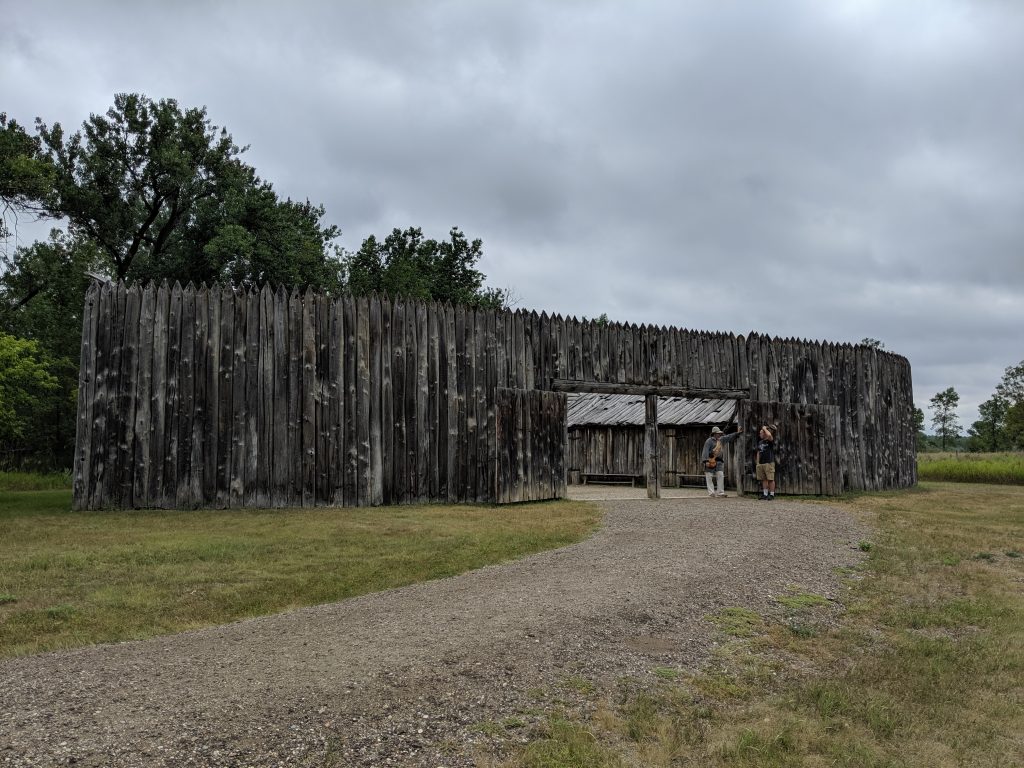
Following our guided tour, we tried our hand at ax throwing, which takes quite a bit of skill. Phil managed to get the ax into the target at least once, and I was feeling pretty good about hitting the target awkwardly with the handle side.
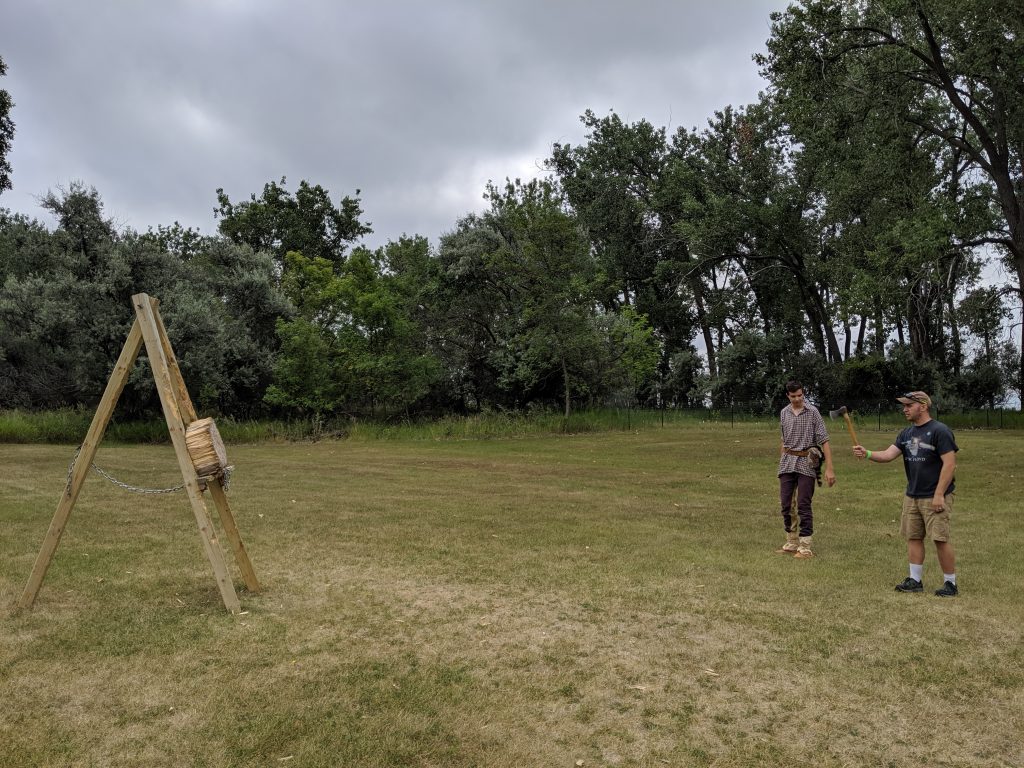
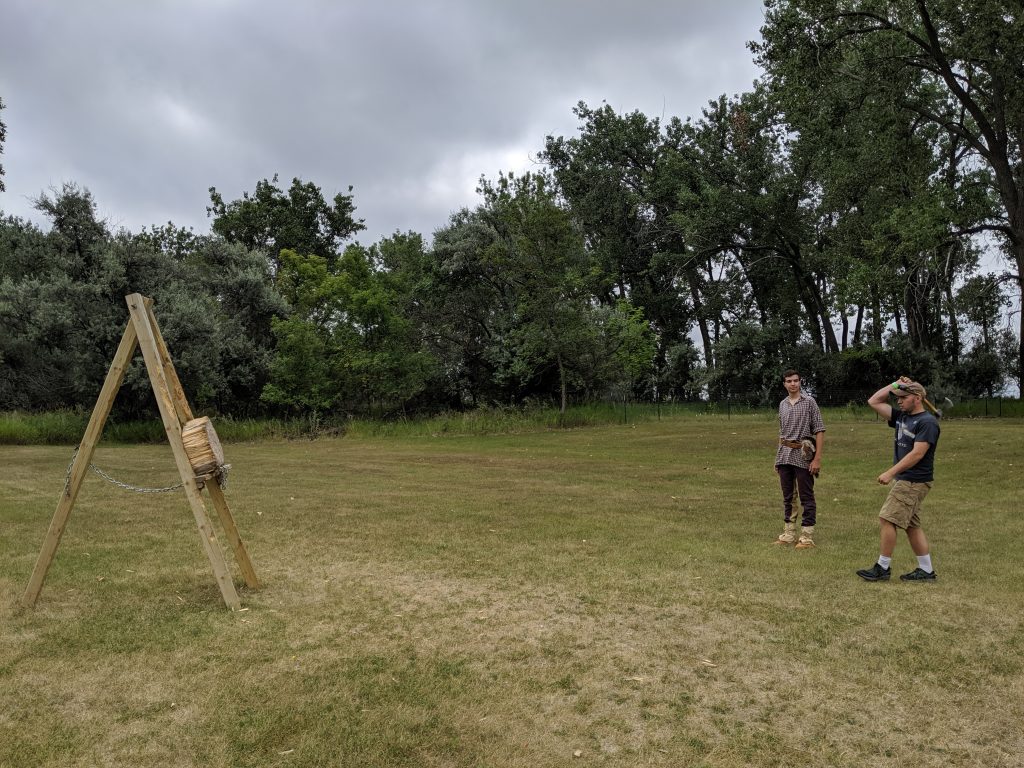
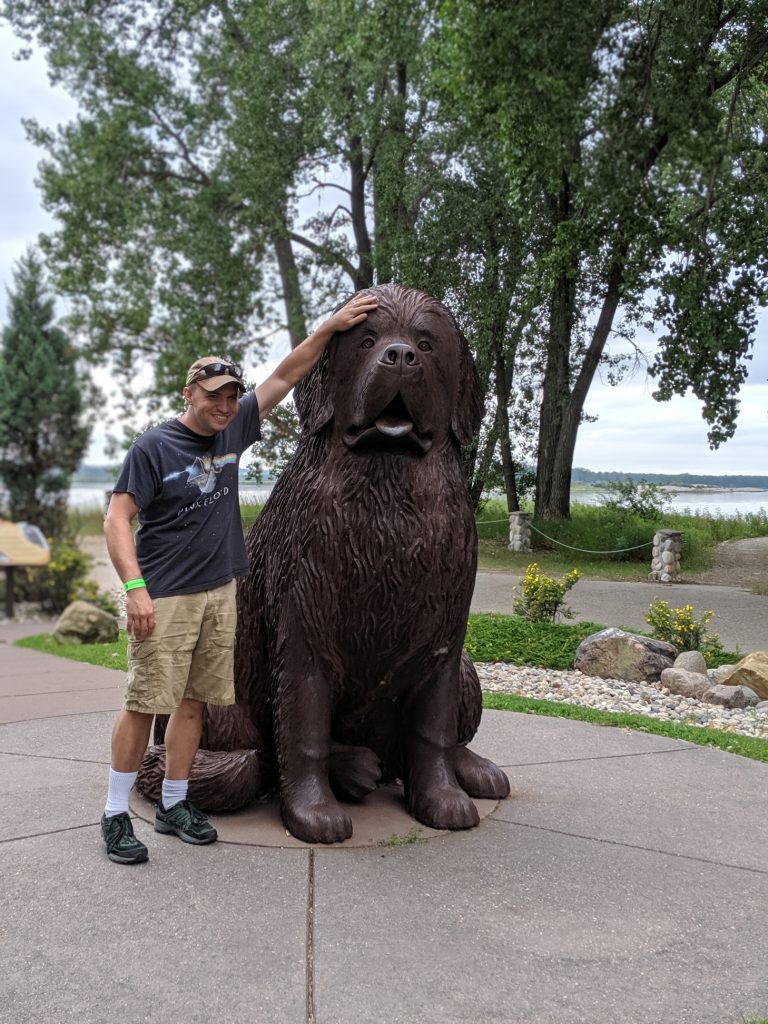

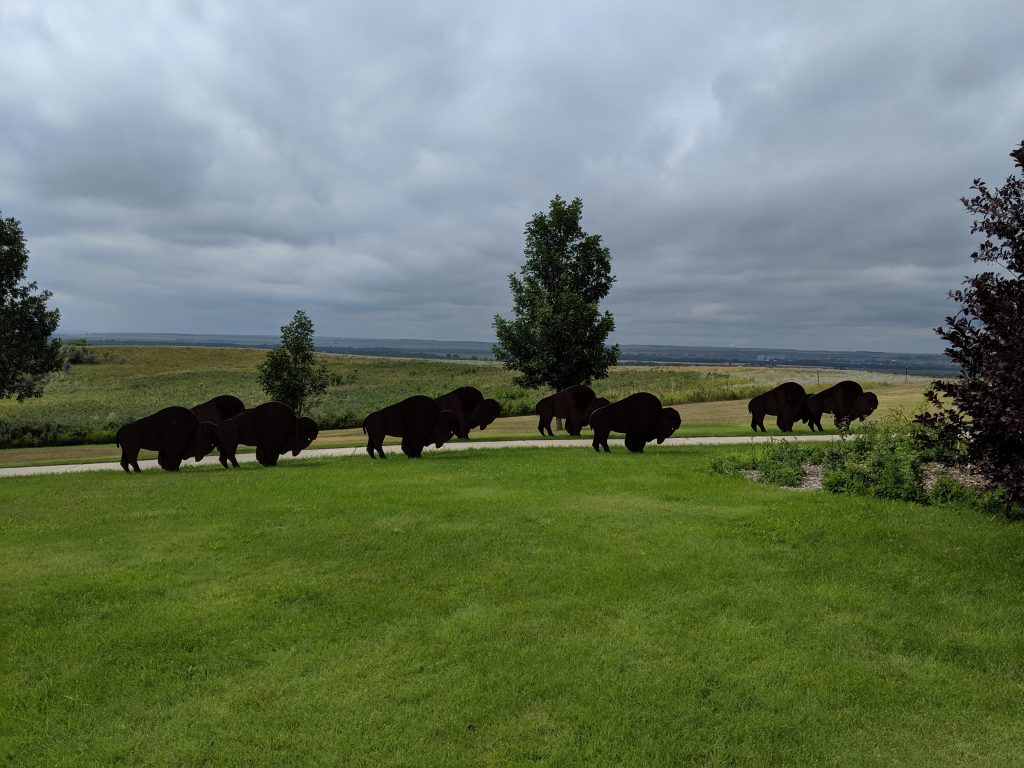
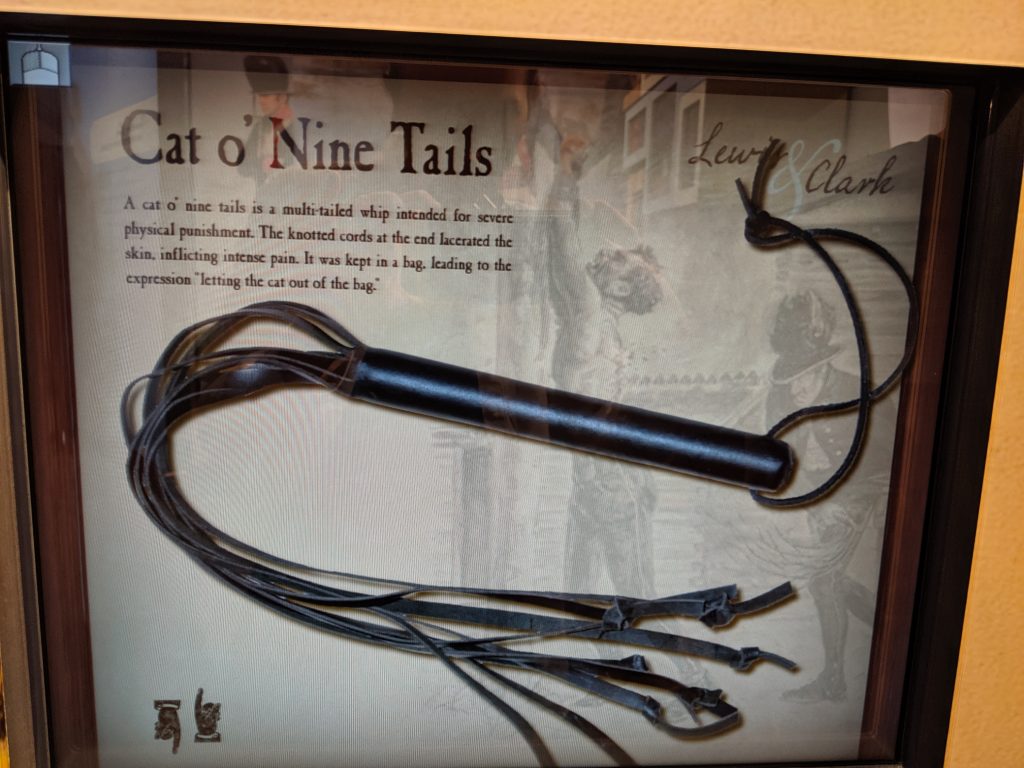
After the Lewis & Clark Interpretive Center – where in my search for salt water taffy across the United States, I did, in fact, find the wild huckleberry flavor – we went to the Knife River Indian Village National Historic Site, where we saw a replica of a Native American earthlodge, as well as the remains of earthlodge villages alongside the Knife River.

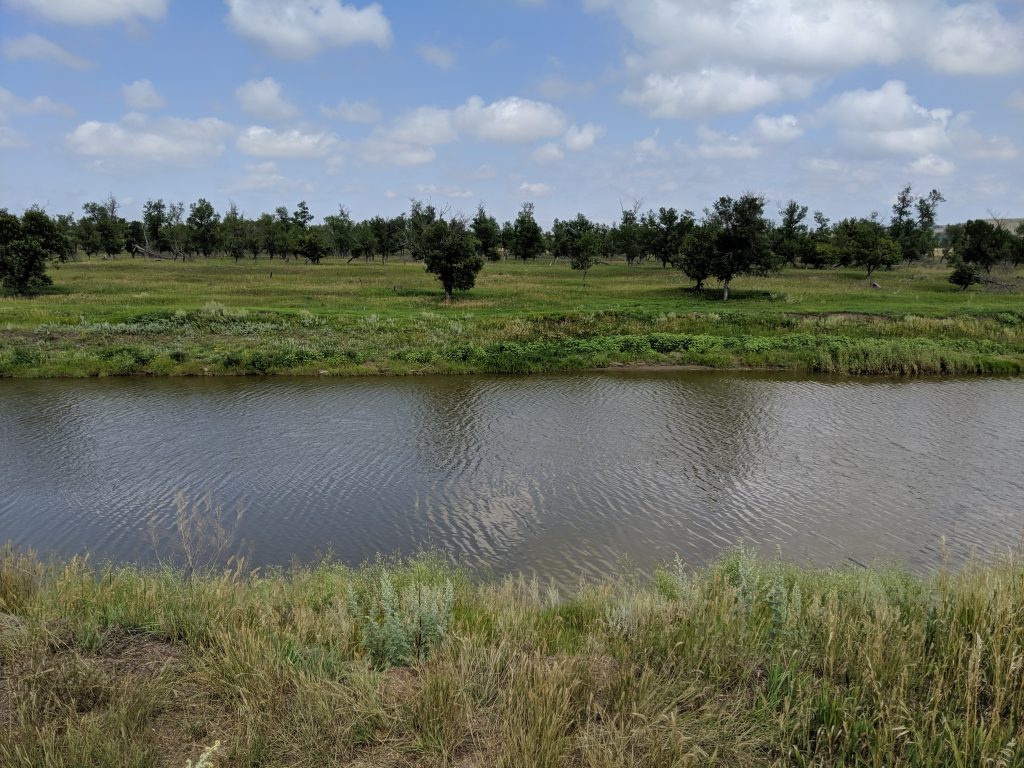
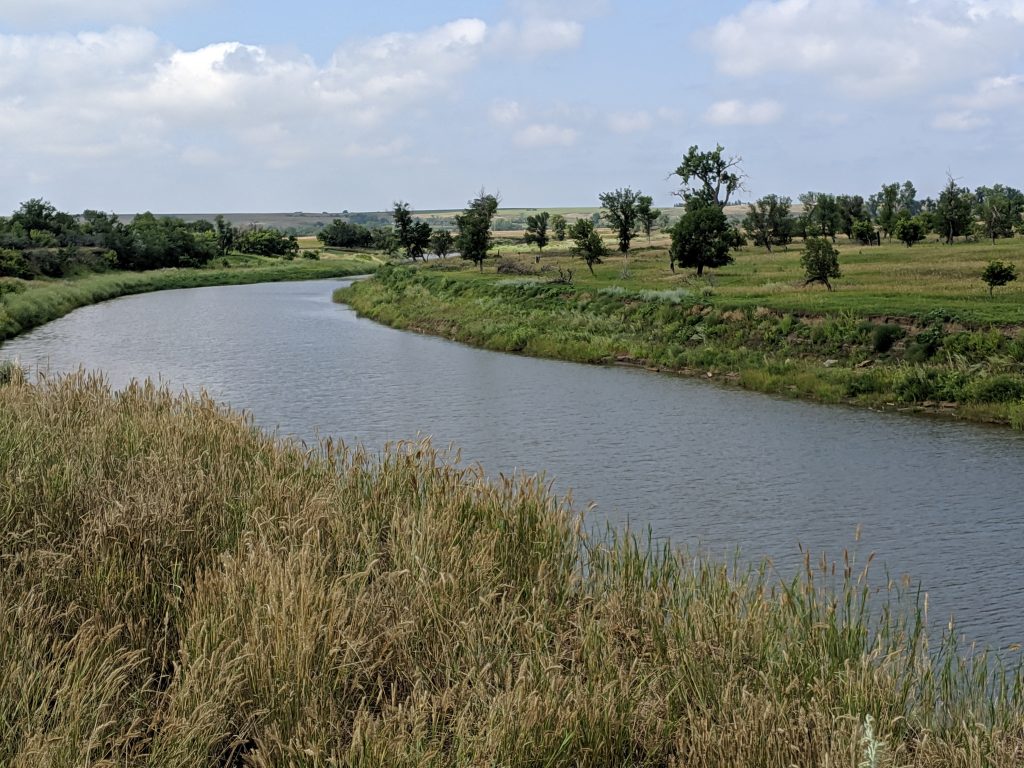
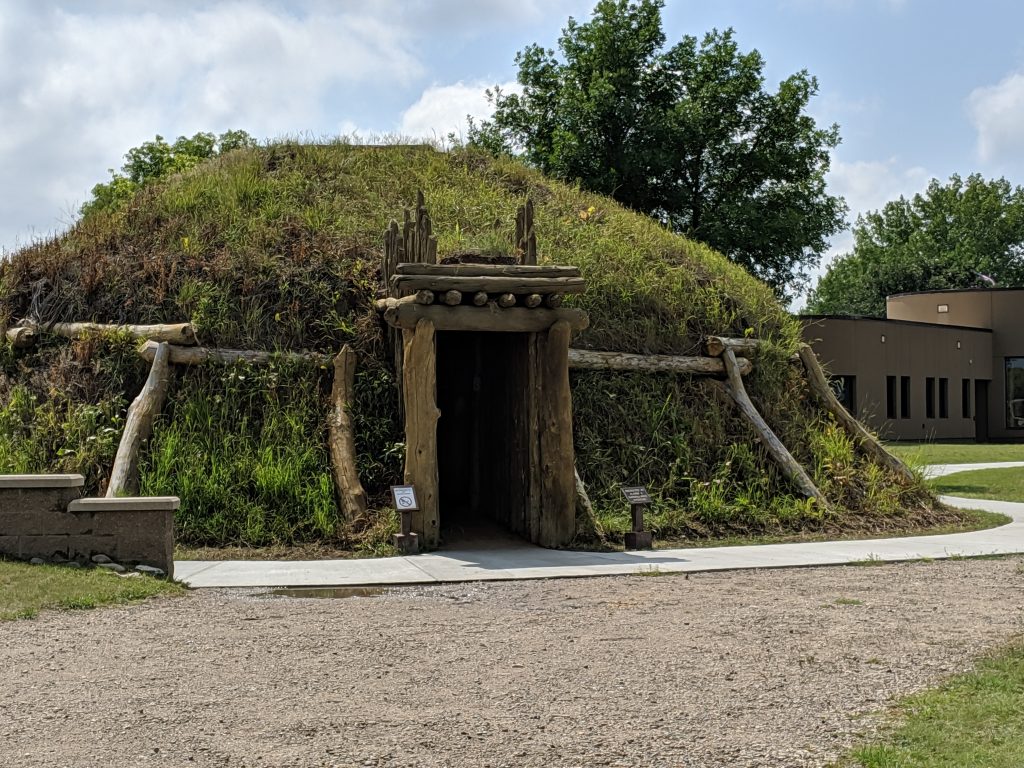
The pictures below show the remains of Native American earthlodge villages. Phil commented that they look like a golf course, and they’re basically bumpy, hilly land. But essentially the clusters of earthlodges in the village collapsed at some point in time, leaving a circle of dirt that now appears as a crater in the landscape.
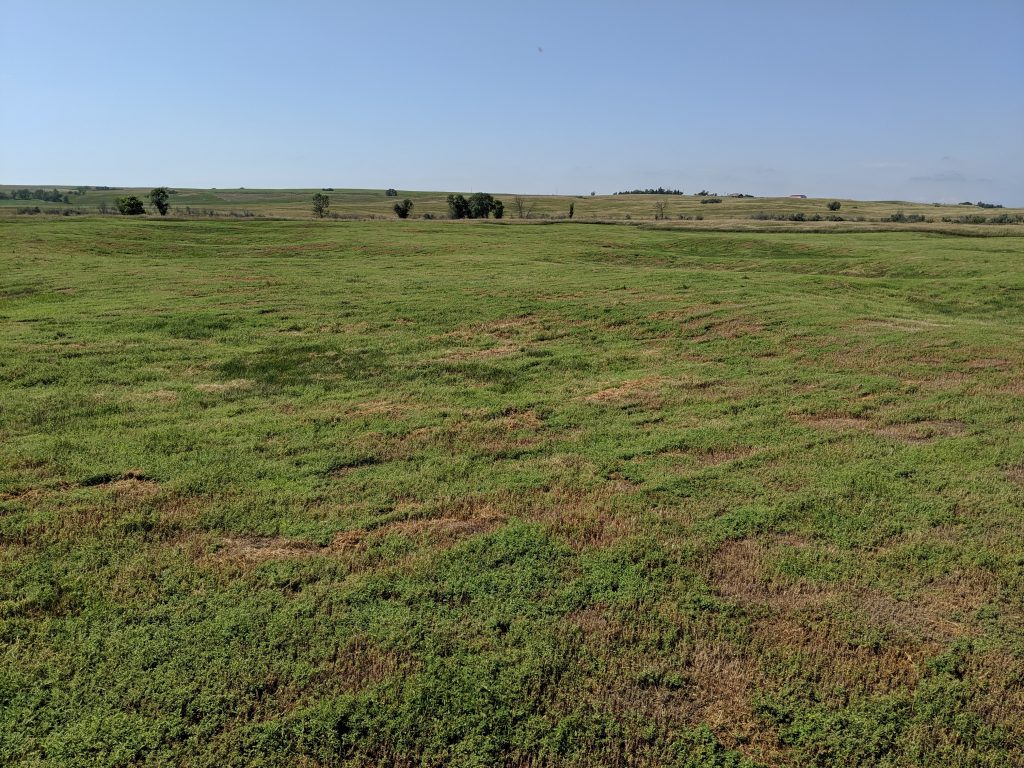
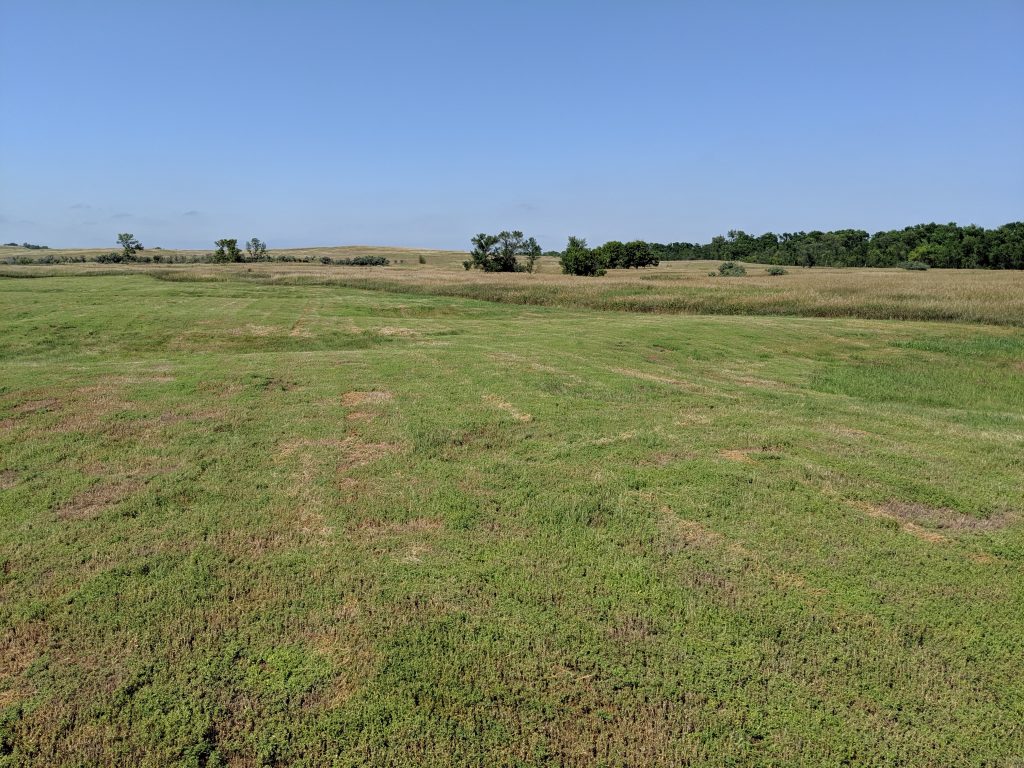
Probably the most unexpected – and my favorite – part of the day was the vast sea of sunflower fields we came across this evening. We have never seen so many sunflowers in our lives – seemingly endless fields of sunflowers – and they were all facing east. (Apparently, from my brief Google search, young sunflowers track the sun, but mature sunflowers face east.)
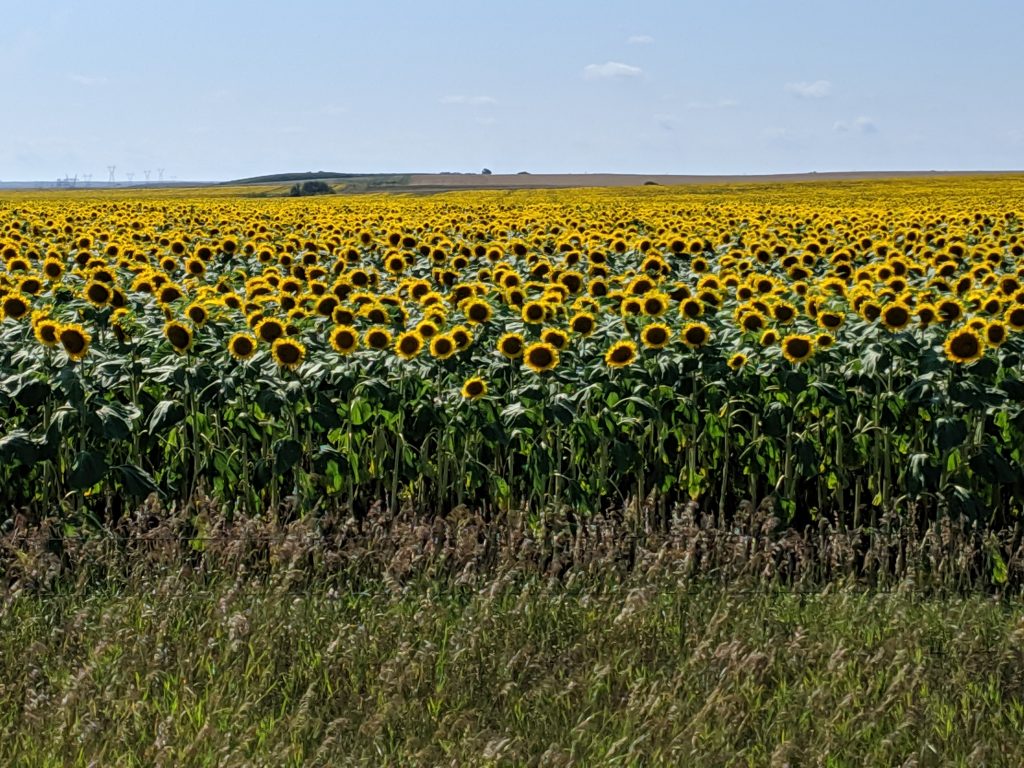
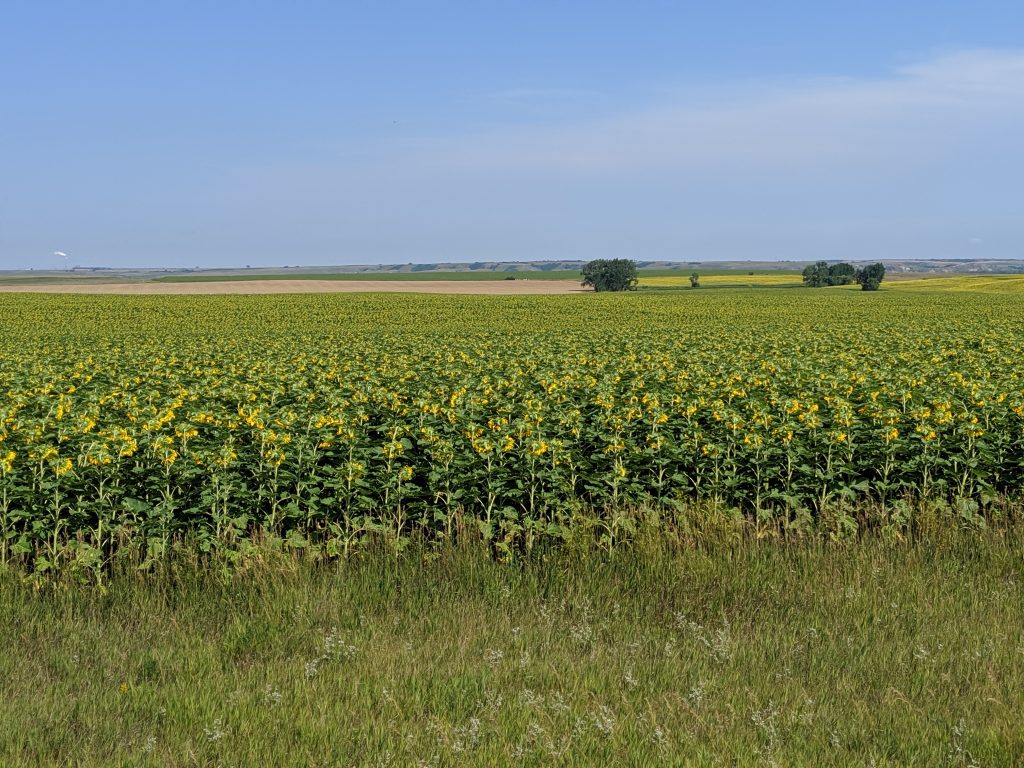
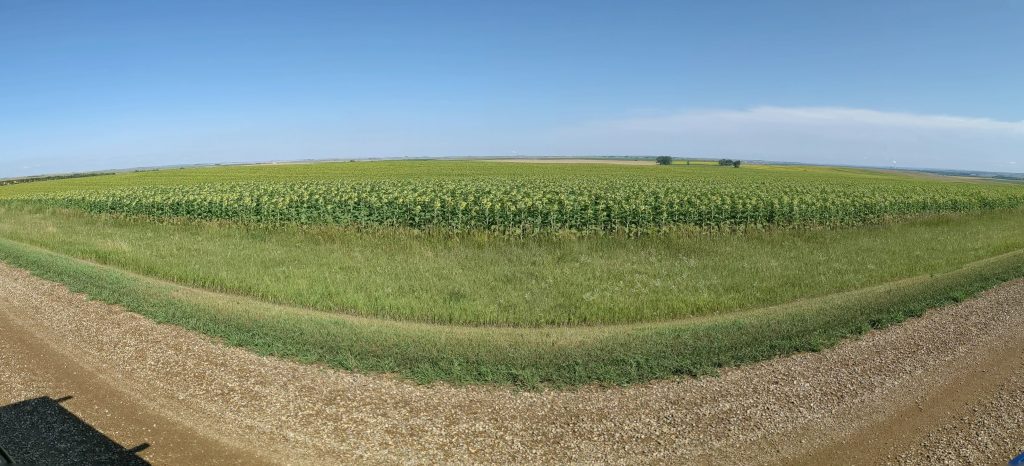
Finally, we wrapped up our outing with a brief stop at Garrison Dam and Power Plant, which is very near our campground. Fun fact: Garrison Dam is the 5th largest earthen dam in the world.
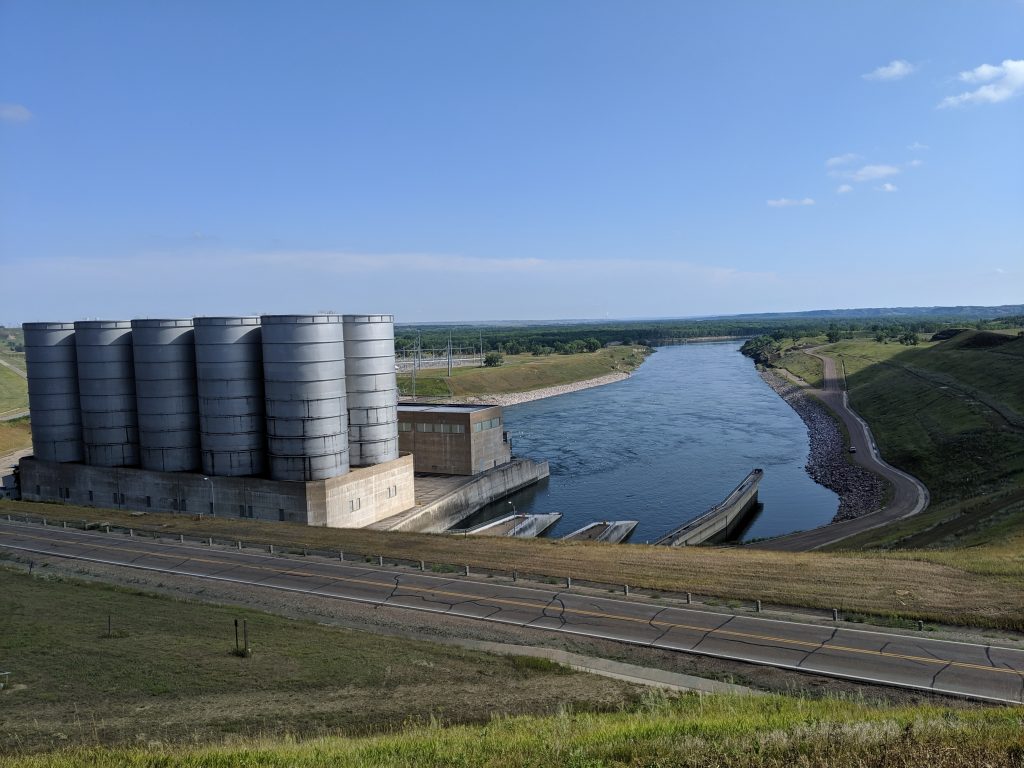
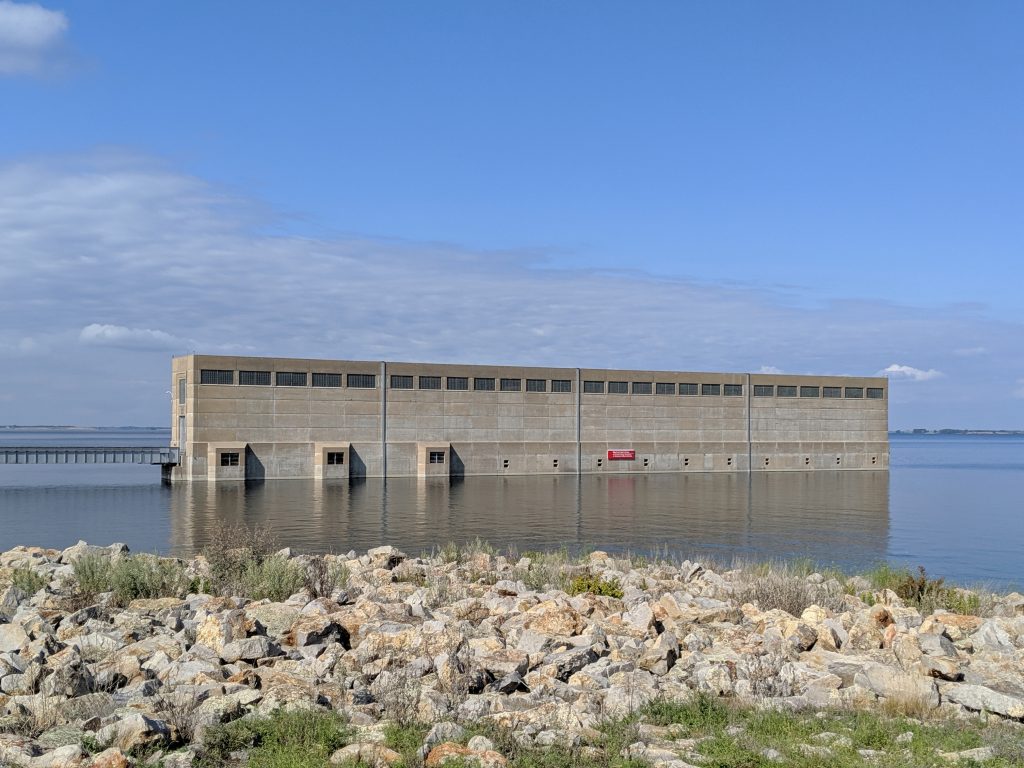
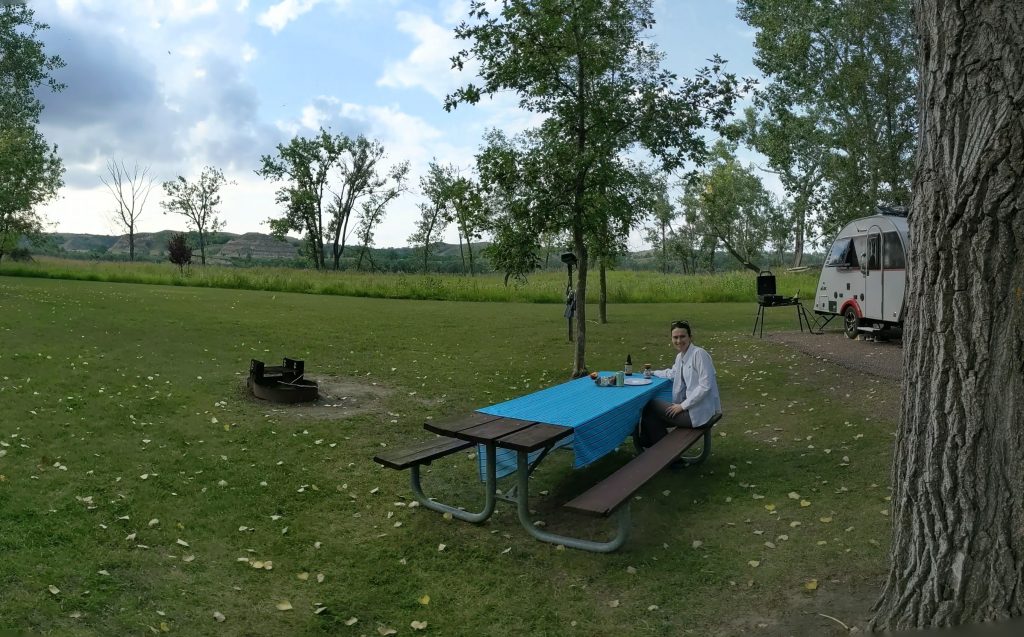
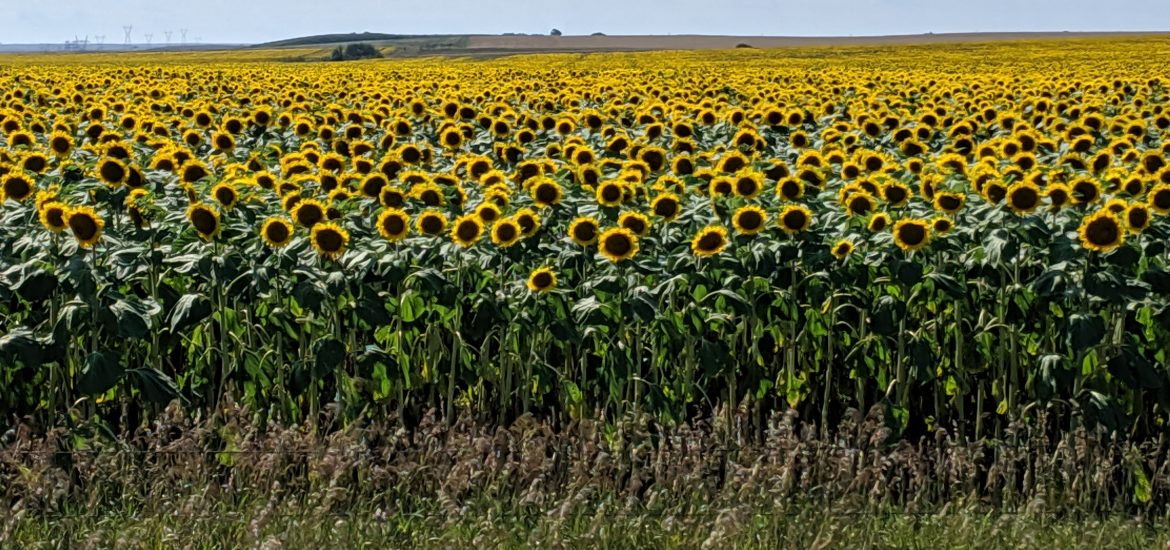
Thank you for sharing your experiences in pictures and narrative. Love this!
I would love to join your trip ,
To learn the history,
To see all the beauty,
and Phil’s hatchet marksmanship!
‘Your picture of a herd of Bison standing by the roadside tricked Sophia and I – until we zoomed in and saw they’re wooden cutouts!!!!
Haha, just decoration!